Ecoscape Composite Panel Cladding
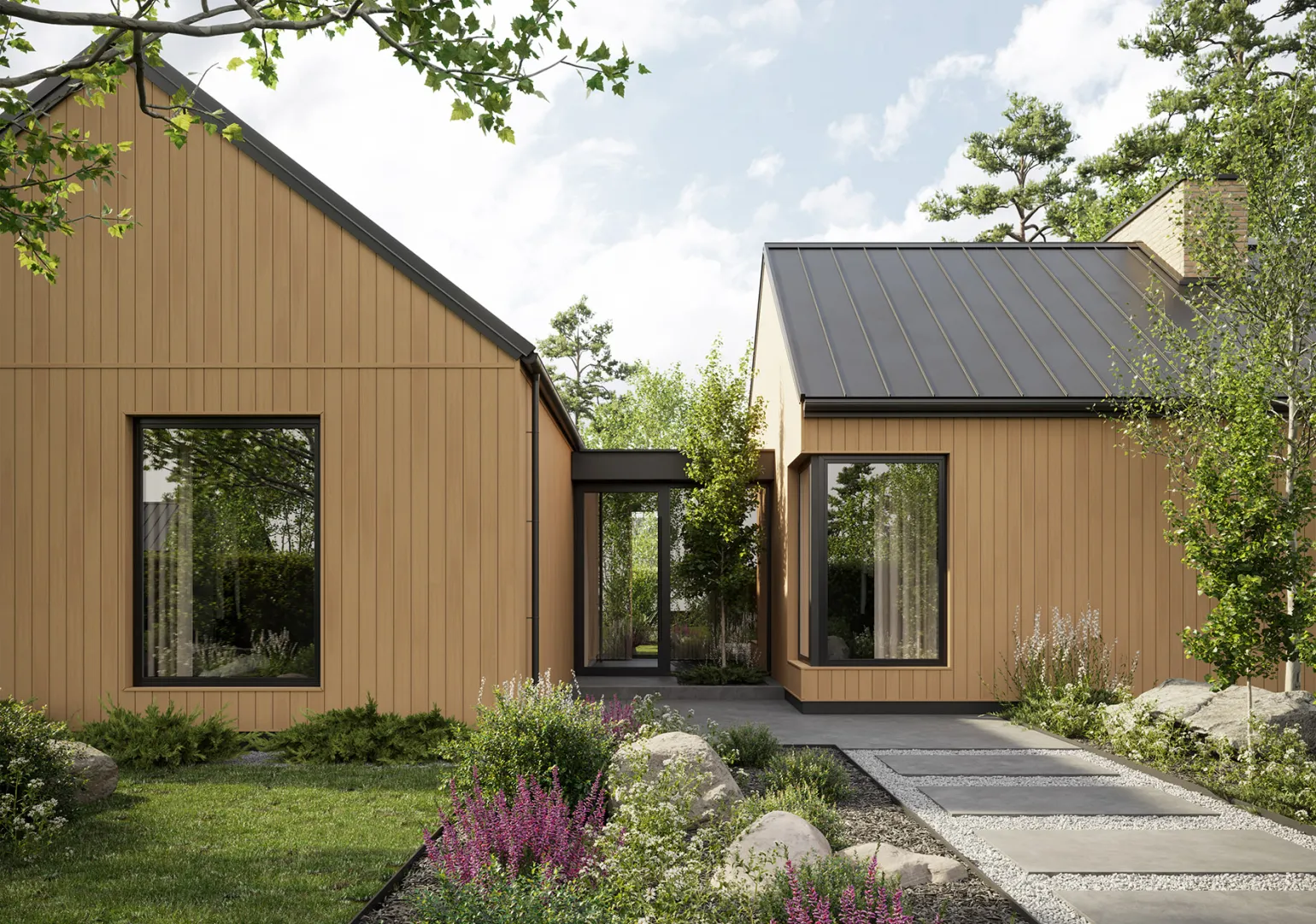
A Vibrant Look for Up to 20 Years
Add beauty and functionality to your home, workplace, or other building with Composite Panel Cladding available from BM Steel. Designed for optimal weather- and UV resistance, durability, and efficiency, our Composite Cladding offers enhanced aesthetics, an insulation layer, and protection from the elements.
The design of Ecoscape Composite Panel Cladding products includes a core of as much as 55% reclaimed wood fibres and 45% recycled high-density polyethene (HDPE) which is wrapped in HDPE. Choose from 8kg Panel Cladding Boards, Battens, Trim, and Finishing Board in colours such as Spiced Oak, Midnight, Silver Birch, and Flint.
Get quality Composite Panel Cladding you can trust by ordering conveniently online for fast delivery.
Request a Sample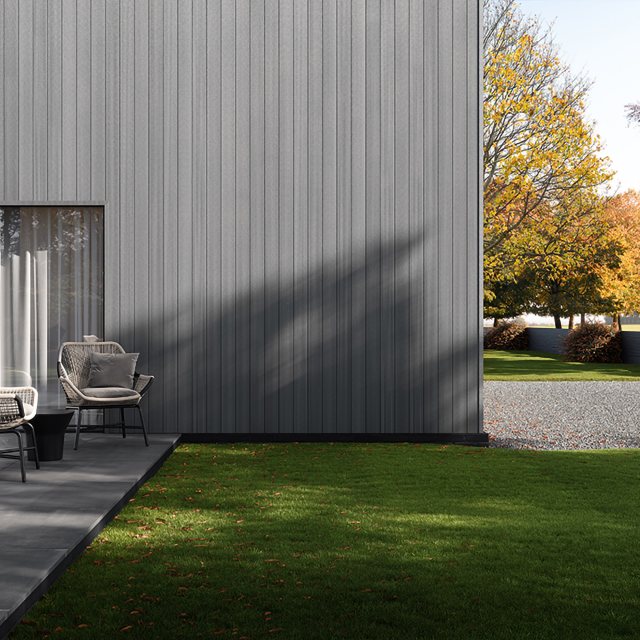
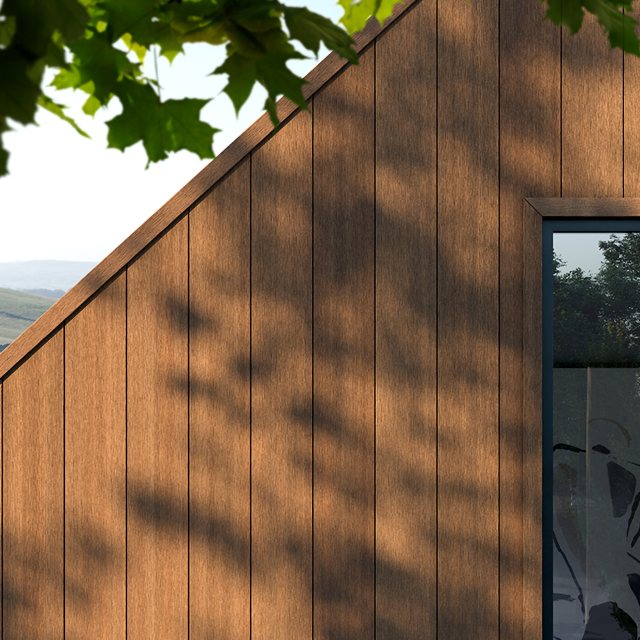
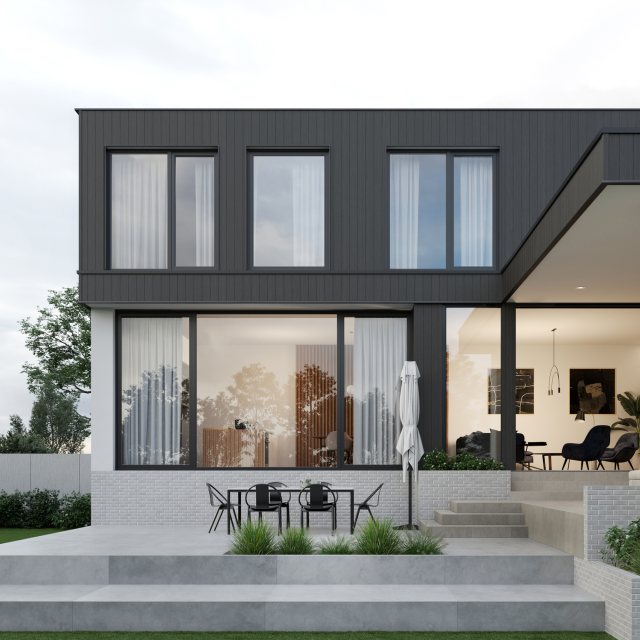
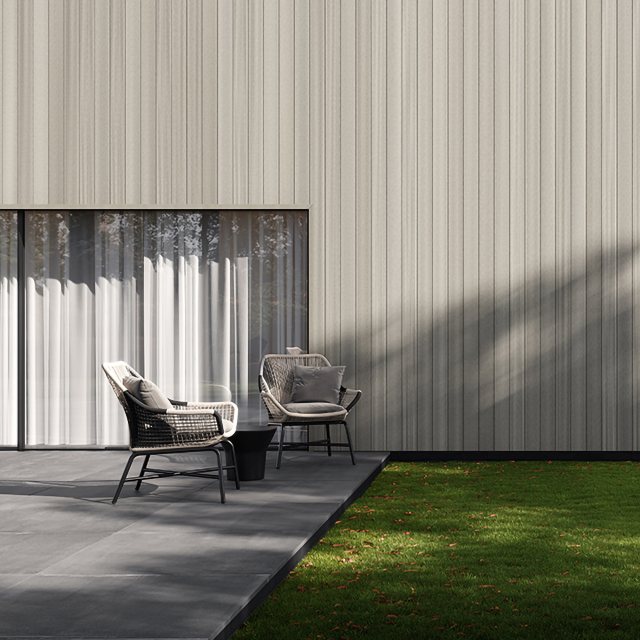
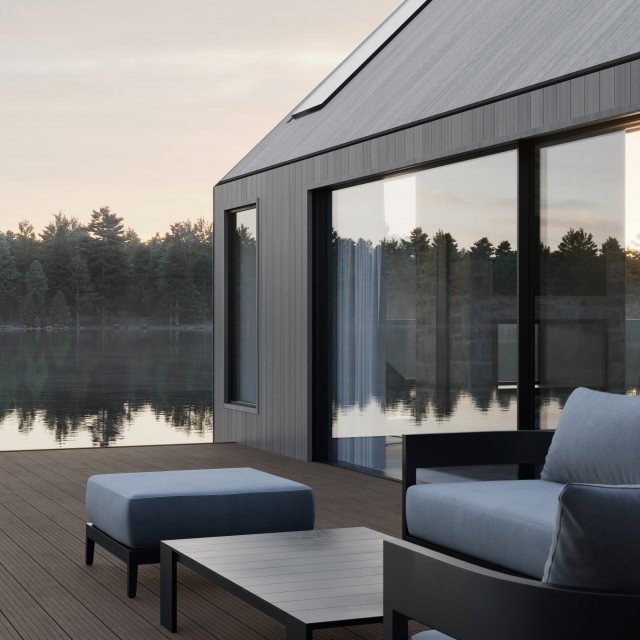
Ecoscape Composite Panel Cladding FAQs
What is Composite Panel Cladding?
Cladding is a material that is applied over another material to create a layer or skin, providing weather resistance, insulation, and enhanced aesthetics. Composite Panel Cladding is cladding made from Composite Material, which is a combination of two or more materials that create a new material with different properties.
Our Composite Panel Cladding is a mix of 55% reclaimed wood fibres and 45% recycled high density polyethylene (HDPE) wrapped in durable HDPE that is lightweight, low-maintenance, cost-effective, and UV-resistant. Our Cladding also offers great design flexibility.
How to fit Composite Panel Cladding?
The best way to fit Composite Panel Cladding is to first a horizontal or vertical laying pattern for the Cladding Boards, and then install battens or a subframe that ensures several millimetres of space between the boards and the wall for ventilation.
Fix starter clips to the rows of joists and then start mounting the boards according to your preferred laying pattern. Follow the product instructions for precise steps on how to do this. Ensure the concealed groove is fixed to the top groove when you get to the last board. Give your Composite Panel Cladding from BM Steel a good finish with trim and edging.
Can you paint Composite Panel Cladding?
Yes, you can paint Composite Panel Cladding. If you need to paint Panel Cladding made from Composite Materials, choose outdoor acrylic latex bonding primer and outdoor acrylic latex paint.
How long does Composite Panel Cladding last?
Our Composite Panel Cladding is expertly designed to last for decades. With proper installation and regular maintenance, Composite Cladding from BM Steel has a lifespan of between 25 and 50 years.
Can you fit cladding vertically and horizontally?
Both our panel and slatted cladding can be installed vertically and horizontally. Refer to our installation guide for further details
What is the difference between capped and uncapped composite cladding?
Composite decking, cladding, and fencing come in two different WPC forms, which are capped and uncapped. Uncapped composite was created first and is slightly less durable than capped composite.
The reason for this is that capped composite cladding has an extra outer layer of polythene, which provides some extra protection, allowing your composite cladding to last even longer.
Uncapped composite cladding is less resistant to sun exposure and will fade over time, it is also more prone to stain. Both our Slatted and Panel cladding boards are capped, UV stable, and come with a 25-year guarantee.
Do you need battens or can you clad directly on top of any surface?
Various options - block/brick construction using either a tanalised timber, 100% solid plastic (recycled plastic) or aluminium joist (BM Steel offer both plastic and aluminium options upon request). Our Cladding can also be fixed straight to a steel frame building (using our special cladding clip).
Can you butt joint two lengths of cladding?
You can, but the gap between boards will change as the temperature fluctuates.You need to be prepared that the gap will open and close as other products do. We offer a butt joint trim upon request to hide the gap where boards meet end to end. You will need to follow our expansion and contraction table which can be found in our cladding installation guides.
If installing with an end trim at the bottom of the section, how do we deal with drainage?
You can create a slot say every 800mm with a multi tool, if any water does get into the trim it will find its way to the slot and drain away.
How do they clean the cladding?
One of the reasons that people love composite products so much is that they are incredibly easy to clean, and composite cladding is no exception. Both of our slatted cladding and panel cladding boards are capped which makes it much easier to clean than the first generation composite cladding boards on the market.
As with any other composite product, you can easily clean off any grime, dirt, or algae with a pressure washer without doing any damage to your composite cladding whatsoever.
Alternatively, if you don't own a pressure washer and don't want to shell out money to buy one, then you can also use some warm soapy water, a soft-bristled brush, and a little elbow grease, and you should be able to get it just as clean.
Will the composite cladding fade?
No, all our cladding profiles come with a 25 year UV guarantee - to 5 delta E. Our capped technology prevents fading. Timber cladding boards can be quite susceptible to fading over time if they are not oiled, cleaned, and maintained thoroughly over time, and even then, they will still fade sooner than composite cladding will.
Does the product need to be sealed/painted?
Our products don't need to be stained or sealed. Very little maintenance, just a clean periodically.
Can I glue the trims instead of securing them with colour coded screws?
There's no adhesive out there at the moment which we can guarantee to hold the composite together, we recommend pre-drilling and countersinking our colour-coded screws.
Is it more expensive than wood, what's the cost difference?
Our cladding is more expensive than entry-level softwood cladding, which can be around £25+ m2, we are more comparable to Cedar. But don't forget, once our cladding boards are installed there is very little ongoing maintenance - timber cladding generally requires a lot of upkeep especially if you want to keep the colour.
What should the batten centres be on cladding?
A Cladding clip should be used every 500mm. We also recommend locking the cladding board with a locking screw on the centre cladding clip.










